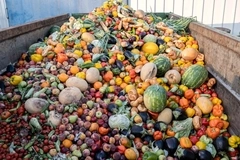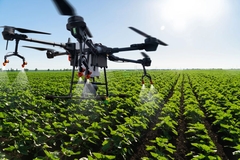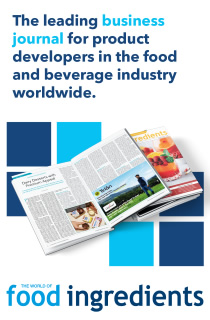European knowledge of how EU food safety works is rising, flags EFSA survey
Key takeaways
- EFSA’s 2025 Eurobarometer survey shows that European citizens’ knowledge of the EU food safety system has increased.
- While pesticides, antibiotics/hormones in meat, and food additives remain top concerns, awareness of microplastics in food has risen sharply.
- Many Europeans assume their food is safe, highlighting confidence in the system. Still, EFSA emphasizes that food safety is a shared responsibility.

The European Food Safety Authority (EFSA) highlights that the share of European citizens who say they are aware of the workings of the EU food safety system has jumped by six percentage points since 2022, while their familiarity with a wide range of food safety issues has steadily grown.
These findings are available in the new “2025 Eurobarometer Survey on Food Safety in the EU.”
EFSA shares that an increasing number of Europeans have heard about the 15 specific food safety topics they were asked about. The most familiar ones remain food additives (71%) and pesticides (67%), in line with previous survey results, but notable increases were seen in awareness of animal diseases (65%, up five percentage points), microplastics in food (63%, up eight percentage points), and food poisoning (62%, up five percentage points).
The top concerns for consumers among these issues remain pesticides (39%), antibiotics/hormones/steroids in meat (36%), and food additives (35%), although their respective shares have fallen slightly since 2022.
Concern about microplastics in food saw the sharpest rise in focus with 33% of respondents, marking a four percentage point increase since the last survey.
“Hugely encouraging”
EFSA’s executive director Nikolaus Kriz says these new figures on citizens’ awareness of EU food safety are “hugely encouraging for EFSA and our many partners across Europe.”
“We will continue to join forces with the European Commission and our national partners to communicate to citizens about how the food safety system benefits them.”
In 2019, the EU introduced new rules on transparency, data accessibility, and risk communication, among which was a call to improve consumer understanding of how food safety decisions are reached, including the relevance of scientific evaluations.
Factors influencing choices
Seven in ten Europeans say they are personally interested in food safety, which ranks third (46%) behind cost (60%) and taste (51%) among the factors influencing their food choices.
Cost relevance has increased by six percentage points since 2022 and was the top factor in 20 EU member states, underlying the ongoing strains on many people in Europe to make ends meet.
Taking food safety for granted?
The most common reason for not following food safety information is taking it for granted that the food sold is safe, as stated by four in ten (41%) Europeans, followed by knowing enough to avoid or mitigate food risks (30%).
Barbara Gallani, head of communication and partnerships at EFSA, says: “It is positive that so many people in the EU have confidence in the safety of their food.”
“At the same time, we and our partners need to keep underlining that food safety is a shared responsibility. Consumers have an important role to play, for example, in relation to food hygiene, food preparation, and following healthy and varied diets.”

















